This post may contains affiliate links. Read our full disclosure here.
Okay, so get this: Ancient Pompeii was basically the Napa Valley of its day—until Mount Vesuvius decided to crash the party in 79 CE. Fast forward to 2025, and archaeologists have just uncovered a perfectly preserved wine cellar that’s got the wine world totally buzzing. This isn’t just some dusty old find; we’re talking sealed amphorae (those cute clay wine jugs) with actual residue of what the ancient Romans were sipping on!
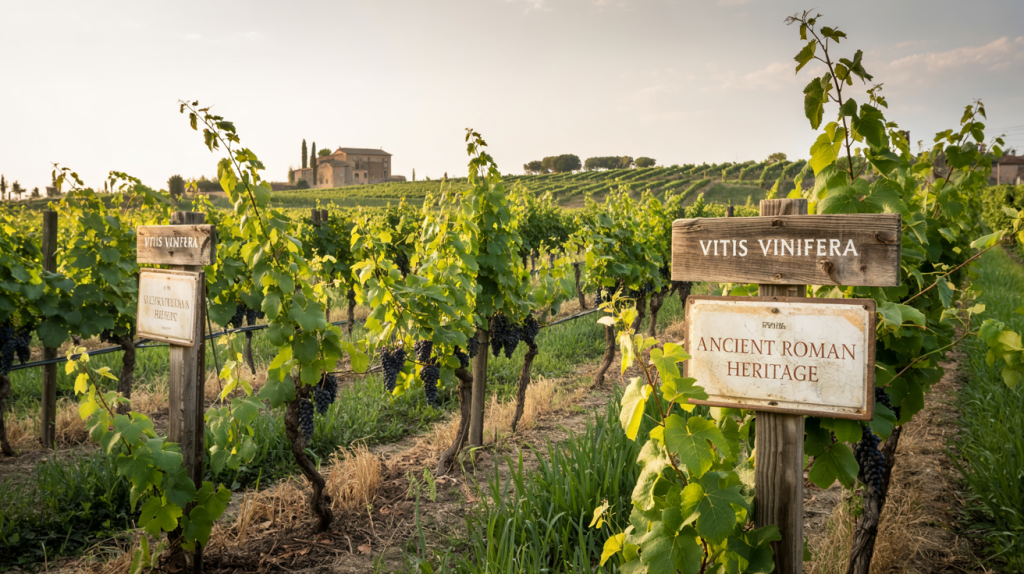
What makes this discovery extra juicy is that modern winemakers around Pompeii are now recreating these ancient wine recipes and techniques. They’re bringing back grape varieties that haven’t been popular since togas were everyday wear. As a total wine history nerd, I’m absolutely living for this time-traveling vino renaissance. Let’s pop open this fascinating bottle of history, shall we?
Pompeii: The Ancient Wine Capital That Got Buried in Its Prime
Before we had Bordeaux or Tuscany, we had Pompeii—the wine capital that was serving serious grape goals. These weren’t just casual backyard vintners; the Pompeiians were serious wine business moguls. Their bottles (well, amphorae) were being shipped as far as France and Spain, which was basically international superstardom in ancient times.
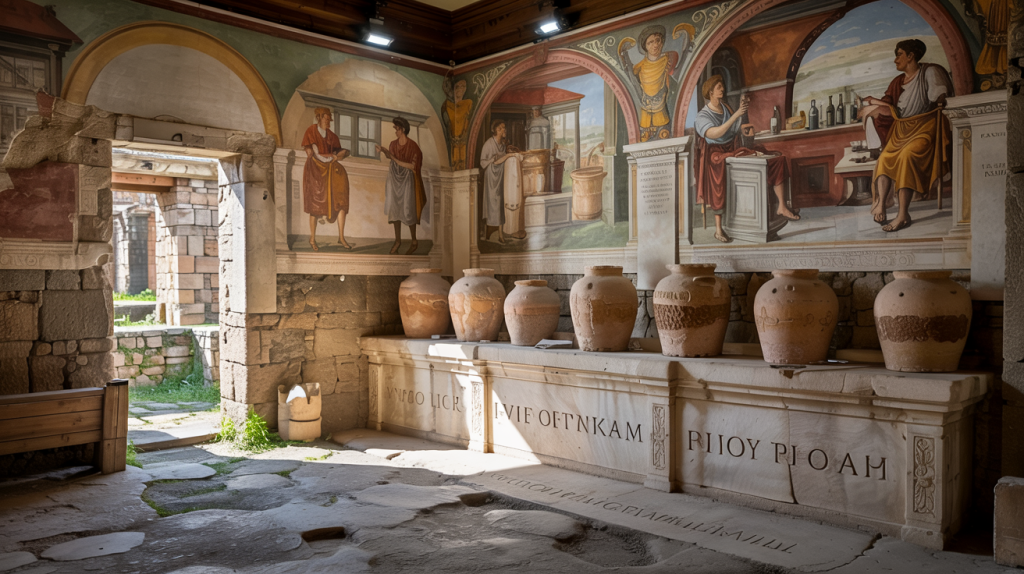
What’s wild is that Pompeii had over 200 wine bars within the city limits. Can you imagine? That’s more wine spots than coffee shops in Seattle! According to a fascinating history of Italian wine, Pompeii was essentially running the Mediterranean wine scene until Vesuvius decided to rain on their parade.
The creepy-cool part? That volcanic ash preserved everything so perfectly that we can still see the wine production equipment they used. I’m talking huge vats for fermenting, specialized storage areas, and even wine menus painted on walls. The 2025 Pompeii Viticulture Study revealed that the volcanic soil actually created ideal growing conditions for grapes—talk about a bittersweet agricultural advantage!
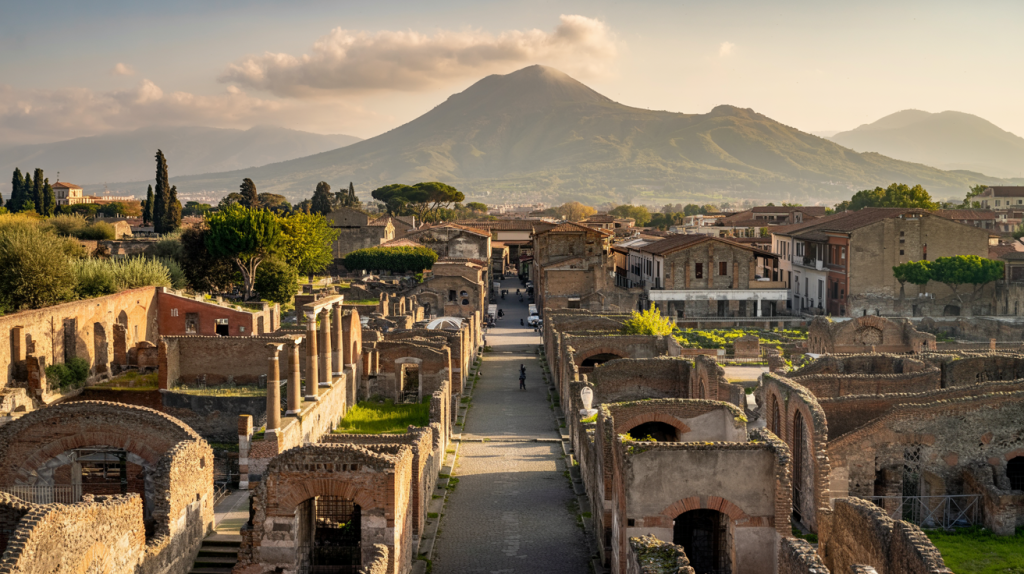
What’s even more fascinating is how the eruption essentially created a snapshot of daily life. Wine wasn’t just a drink—it was currency, medicine, and religious symbol all rolled into one fermented package.


The Cellar Discovery That’s Breaking the Internet
Imagine finding an unopened wine collection from 2,000 years ago—that’s exactly what happened when archaeologists uncovered a perfectly preserved wine cellar in Pompeii’s newest excavation site. This January 2025 discovery included dozens of sealed amphorae (those cute clay containers) still containing wine residue. It’s like finding a celebrity’s secret Instagram account, but way older and with actual historical significance!
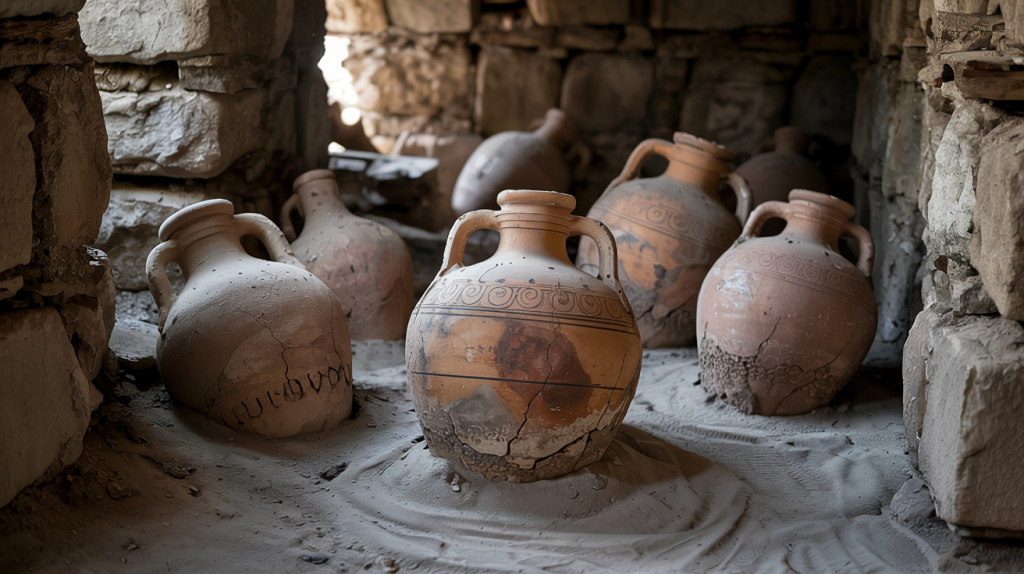
The archaeologists nearly fainted when they realized some of the amphorae still contained visible wine residues with traces of the original flavors. And guess what? These weren’t your basic wine recipes. The ancient Romans were basically the original mixologists, adding herbs, honey, and even seawater to create complex flavor profiles. Some amphorae were labeled with the winemaker’s name and the year—basically ancient vintage dating!
What makes this find so groundbreaking is that we can now study the ancient fermentation processes in detail. Tests on the amphorae reveal that Pompeiians were already using sophisticated techniques like controlling fermentation temperatures and aging wines for specific periods. They weren’t just making wine; they were crafting it with intention and expertise.
The residue analysis showed these wines were often much stronger than modern versions—with some reaching up to 16% alcohol content. Those Romans definitely knew how to party! The cellar discovery has wine historians completely obsessed, and honestly, same.

Modern Vintners Reviving Ancient Roman Wine Vibes
Here’s where things get really cool: local winemakers around Mount Vesuvius are now recreating these ancient wines using the original grape varieties and techniques. Wineries like Villa dei Misteri and Vesuvius Antiqua are growing native grapes like Piedirosso and Aglianico—varieties that have been around since Roman times.
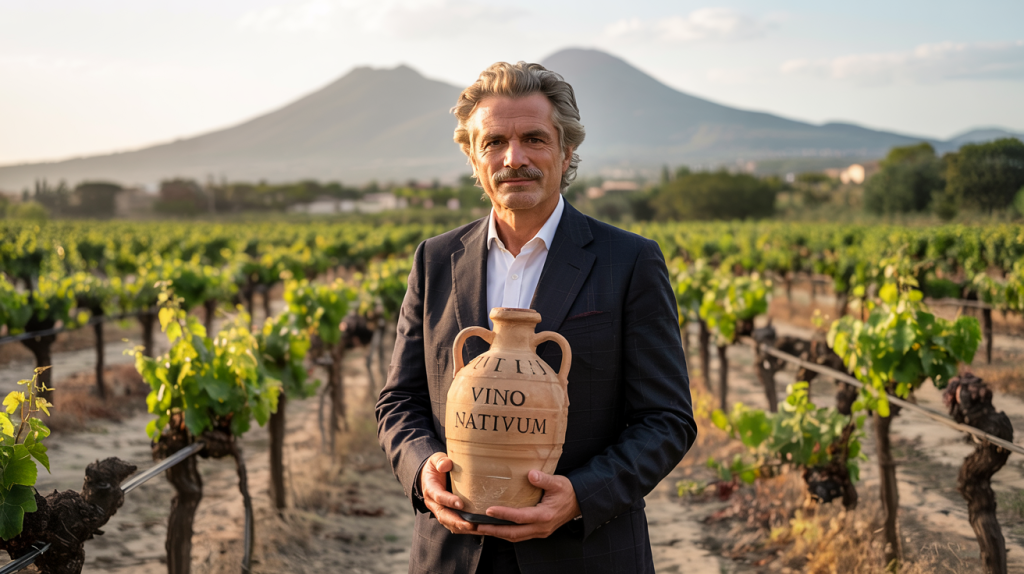
These modern vintners aren’t just copying the grape types; they’re going full-on Roman with their methods. They’re fermenting in clay vessels similar to ancient amphorae and following the minimal intervention philosophy that the Romans practiced out of necessity. It turns out the natural wine trend that’s all over Instagram was actually pioneered by people wearing togas!
What’s particularly interesting is how these winemakers are studying the unique volcanic soil composition to understand how it affects the grapes. The ashy, mineral-rich dirt around Vesuvius gives these wines a distinctive character that you literally can’t find anywhere else on earth. Talk about terroir with a story!
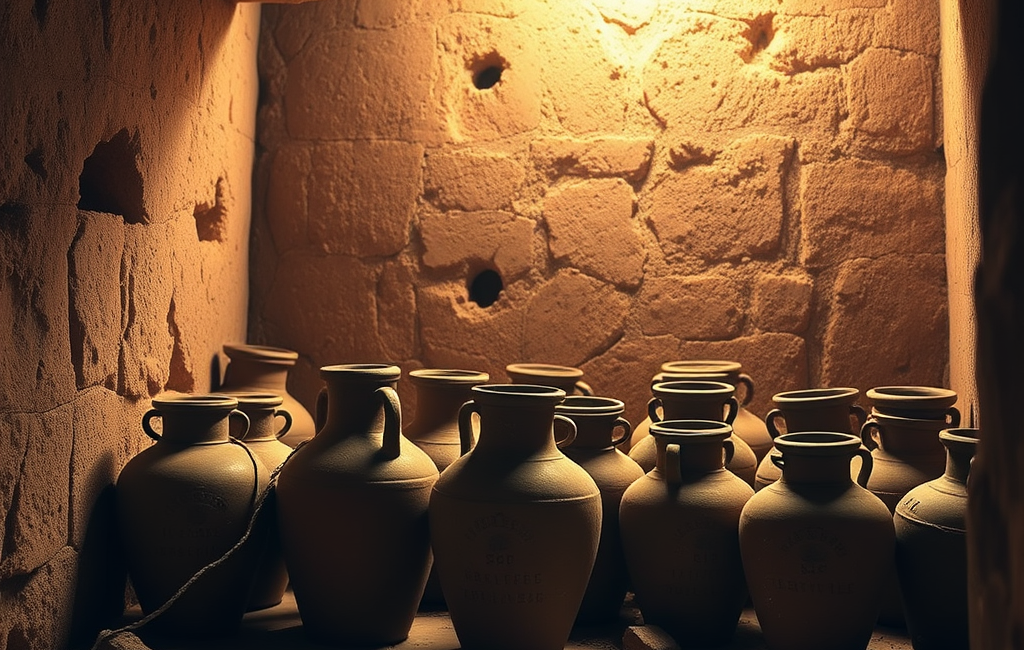
If you’re planning a wine trip in 2025, add Cantina del Vesuvio to your list—they offer tours where you can taste their “Lacryma Christi” (Tears of Christ) wine made from ancient varieties, while overlooking the very volcano that preserved this wine history. Their “Pompeii Revival” line has already won three international awards this year alone.
Why These Ancient-Style Wines Will Be Your New Obsession
Let me tell you—these aren’t your typical light, crisp Italian whites. Pompeii-style wines are bold, rustic, and complex. They have this incredible earthy quality that comes from the volcanic soil, plus a certain je ne sais quoi that screams “I’m drinking something with serious history.”
The reds tend to be fuller-bodied with notes of dark berries, dried herbs, and that distinctive mineral quality. The whites often have more texture and complexity than your standard Pinot Grigio—think honeyed notes with surprising acidity. These wines are basically the definition of a conversation starter for your next dinner party.

Speaking of parties, these wines are absolutely perfect for a girls’ night with a Mediterranean-inspired cheese board. For a truly authentic Roman experience, try pairing these wines with aged pecorino cheese—the salty, nutty flavors are a match made in Pompeii heaven. It’s a food and wine pairing that’s been working for literally thousands of years.
What I love most about these wines is that they tell a story with every sip. The bottle shapes themselves are often inspired by ancient designs, some even coming in miniature amphorae that make for the cutest shelf decoration after you’ve enjoyed the wine. Who needs standard bottles when you can drink like a Roman empress?
Sipping Through the Ages: Why Pompeii’s Wine Revival Matters
There’s something profoundly cool about drinking a wine made the way they made it 2,000 years ago. It’s like time travel in a glass—connecting with people who lived, loved, and yes, partied, in ancient times. These wines aren’t just delicious; they’re living history lessons you can actually taste.
The Pompeii wine revival also represents something important in our modern world: preserving traditional methods and native grape varieties in an age of mass production. These winemakers are keeping ancient knowledge alive while creating something that feels both incredibly old and refreshingly new at the same time.
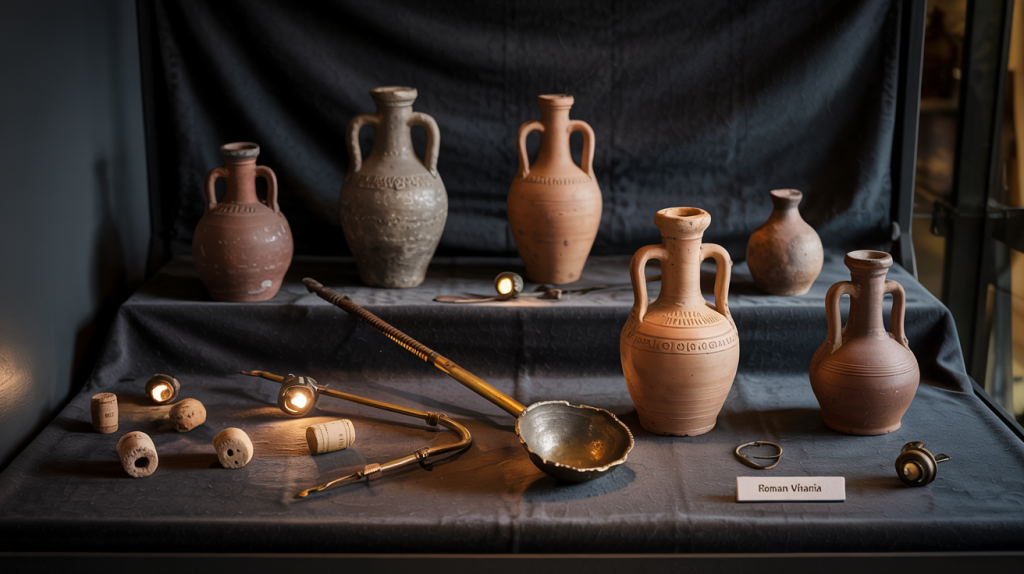
As we move further into 2025, I predict these historical wines will become the next big thing in the wine world. They’ve got authenticity, they’ve got a story, and they’ve got flavors that you simply can’t find in commercially produced wines. So next time you’re browsing for a bottle, maybe skip the usual suspects and grab something with a bit of ancient Roman flair. Your taste buds (and your Instagram feed) will thank you!
And remember—while we’re fortunate enough to enjoy these historical wines at our leisure, the original Pompeii residents didn’t get to finish their cellars. So raise a glass to them next time you’re sipping on a Vesuvian vintage. After all, their wine legacy has truly stood the test of time—volcano and all.




